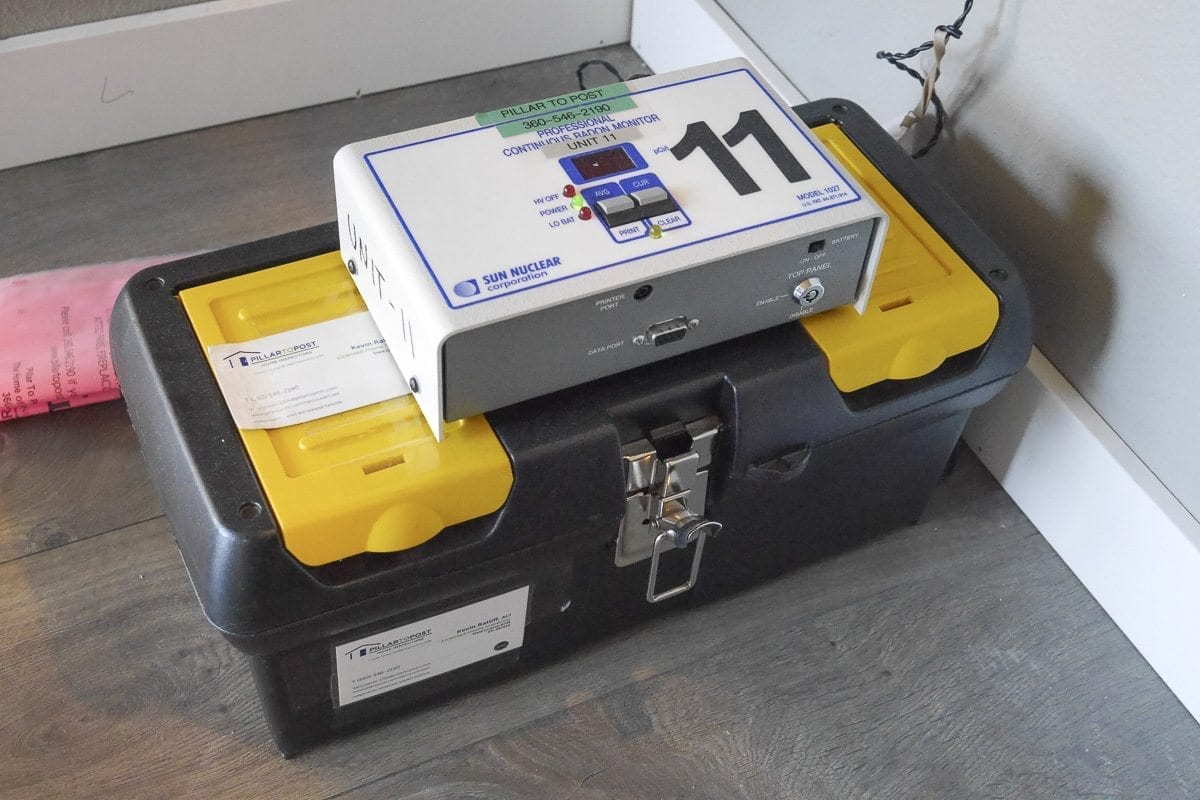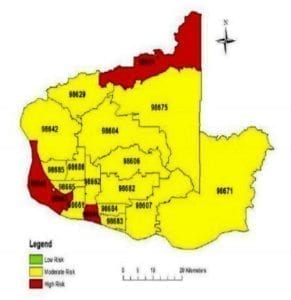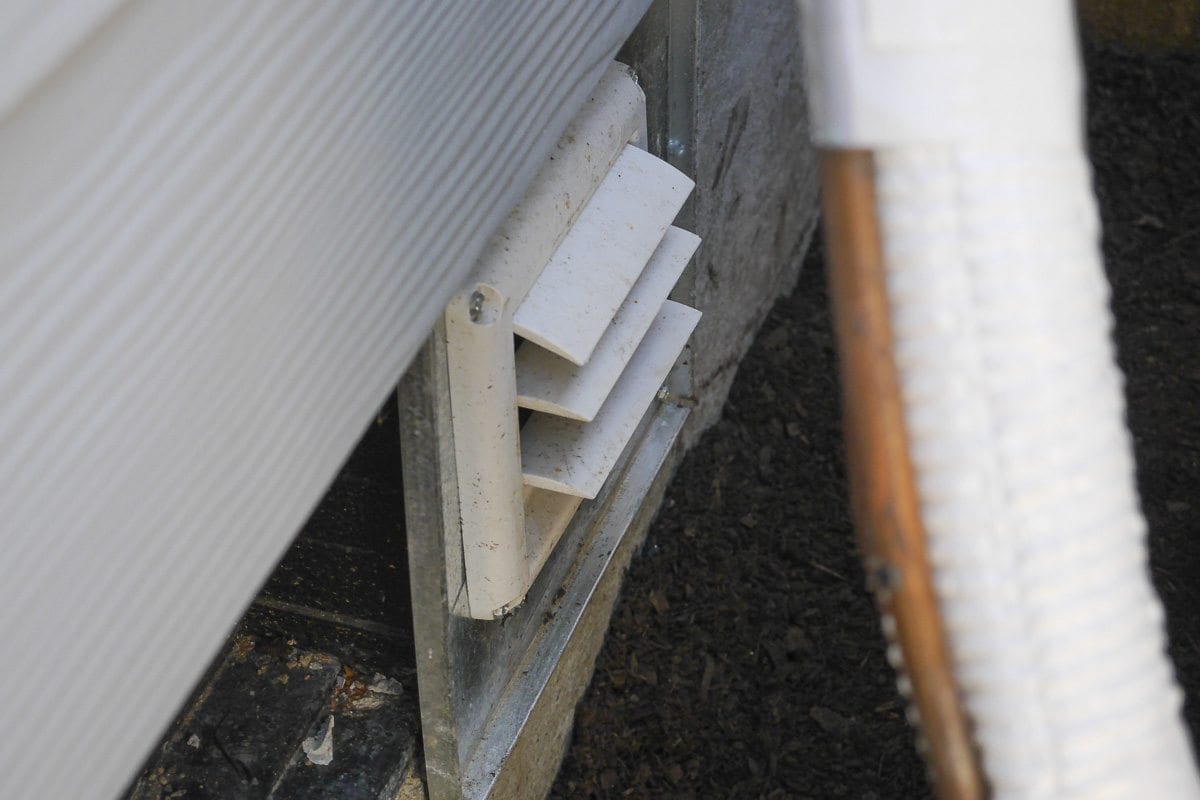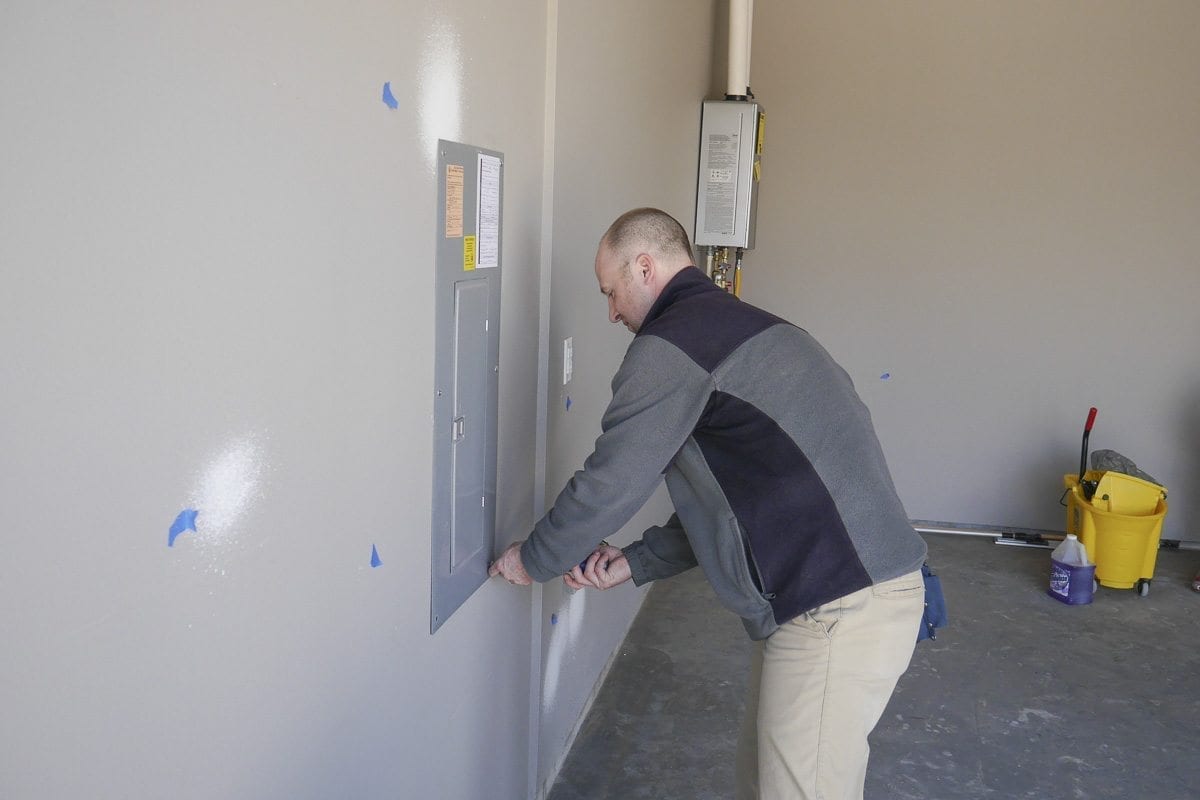New technology makes testing for the dangerous gas less of a pain
CLARK COUNTY — You can’t see it, smell it, or taste it, but it’s responsible for the deaths of an estimated 21,000 Americans each year. And it’s a common element here in the Clark County area.

The cause is Radon gas. It’s a result of granite deposits under the soil, which were washed down the Columbia River Gorge over 13,000 years ago during the Great Missoula Floods. Granite contains uranium which becomes radon as it decays. The radioactive gas seeps up from the ground, and can make its way into the lower living spaces of your home.

While health officials know which areas of the county are most susceptible to radon, it crops up inconsistently.
“You can do (tests) in the same neighborhood that have high readings of radon in homes,” says Warren Tryon, a home inspector with Pillar to Post in Vancouver, “and then we’ll do a house down the street or even close by on the same block with lower levels.”
It’s a product of the inconsistent way the granite was deposited around Clark County. Radon is most likely in the northern and southwestern areas of the county.
Radon was first discovered in 1899 by Ernest Rutherford and Robert B. Owens. It was later blamed for the high prevalence of lung cancer among miners in the 19th century, but it wasn’t until the 1970’s that research was conducted to determine the presence and possible dangers of radon in homes. In 1984 a Pennsylvania nuclear plant employee was found to be contaminated with radiation. An investigation determined the contamination had actually happened in the man’s home due to high levels of radon.
“The emittance from the soil is constant,” says Tryon. “It’s the amount that actually seeps into a home that can change, depending on temperature, barometric pressure, activity in and out of the house, ventilation, cracks in the flooring, the sill plate and exterior walls.”
The danger of radon in your home likely increases during the Winter, especially since we often close off the vents in the foundation to prevent pipes from freezing, and windows are usually left closed. Many newer homes, especially connected homes without full ventilation into the crawl space, now use a powered fan to circulate air and help pull radon out before it seeps into the home.


“Newer homes are built a lot more tight and efficient,” Tryon says, “so they trap more air in. Older homes are a little more drafty and actually allow for a little better ventilation.”
While ventilation can help keep radon from building up, many of those older homes also allow it to seep in more readily. A lot of them also haven’t been tested for radon, potentially since they were built. Tryon says a lot of homeowners are surprised to find out they have a radon problem when they go to sell.
“That’s typically the first time a seller realizes they have a higher radon level in their home is when the buyer actually has it tested for,” he says, “And I think a lot of that is just due to the lack of education or awareness. Most people are like ‘radon? What is that?'”
Even if you’re not getting ready to sell your home, Tryon recommends everyone have a test done.
“If you want to know, you have to test. I mean, you don’t know unless you know it, right?” he says.
Fixing a radon problem can run from $1,500 to $2,000, and usually includes a powered ventilation system to better circulate air under the home, and sometimes vent it up and out through the roof. Homes built after 2009 in Clark County will have a ventilation system built in, which can be activated if tests reveal high levels of radon. Modern homes also use a buffer of clean gravel and plastic laid down in the crawl space to limit the amount of radon that can escape and potentially get into the home’s living space.

There is no known safe level of exposure to radon, but the EPA sets acceptable limits at 2 picocuries per liter of air (pCi/L) or lower. Anything above 4 pCi/L is considered hazardous. Tryon says he’s seen one home hit 40 pCi/L. For comparison sake, before mines started using ventilation systems, they were known to hit radon measurements in the millions.
While most common testing systems require you to set it somewhere on your home’s lower level or crawl space for a minimum of 48 hours (90 day tests are the most accurate measure), there are newer devices that can constantly monitor radon levels, and send reports to your smartphone. One is made by Airthings, and retails for around $200, which is about the price of a continuous radon test done by a professional company.
By the way, radon can also dissolve into drinking water, especially if you have a well. The EPA recommends people who get their water from a well have it tested for possible radon contamination.
EDITOR’S NOTE: Multiple attempts to reach officials at the Washington State Health Department to speak about this topic were not returned by press time.




